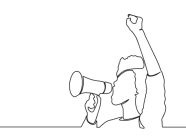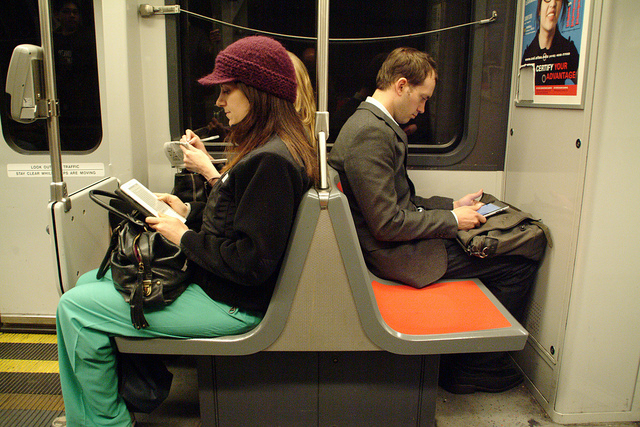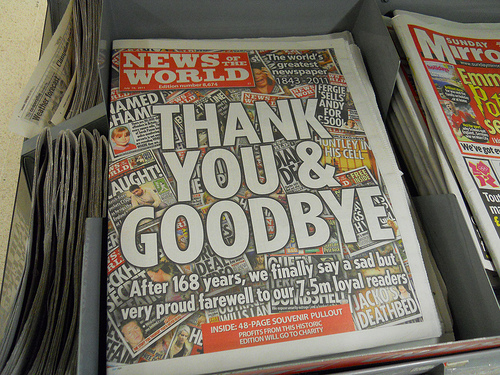The new Media Accountability and Transparency (MediaAcT) guidebook presents “best practice” examples exhibited by media outlets across Europe, both online and in print. The media industry, particularly in Europe and the US, is in crisis, however developments in social media and new digital formats demonstrate how aspects of the industry have been improved, especially in the field of media accountability. Much of the progress made in this sector is documented in Best Practice Guidebook: Media Accountability and Transparency Across Europe published by the European research project MediaAcT (Media Accountability and Transparency in Europe). The guidebook describes techniques aimed at creating more newsroom transparency and user participation, and how such techniques are redefining the news production process.
Some examples include the disclosure of a media outlet’s owner structure and the publication of the company’s guidelines, which give readers access to “who” makes the news and how. Another method of increasing industry transparency is through editorial blogs such as those from the BBC and various journalists’ blogs in Switzerland.
The Italian daily newspaper, La Repubblica, offers unique insight into its newsroom by recording important editorial conferences and making the videos available for online viewing. This gives readers the opportunity to observe the behind the scenes decision-making processes, news selection and production routines. Other segments of the guidebook address how to deal with errors. Many media outlets across Europe have established error management instruments, for example Swiss newspapers Tagesanzeiger and 20Minuten and the German daily Berliner Morgenpost and its corrections columns “Leider Falsch”.
Another approach to error management is the “correction box” on the website of the Dutch public television network, NOS, which allows members of the public to report and comment on errors. British newspaper The Guardian allows users to take part in the newsroom dialogue via the “newslist” on its website, which includes a live calendar of upcoming stories and a discussion box where readers can comment on what stories they think the newspaper should be covering. The readers also have the possibility to send their ideas or critiques directly to journalists via Twitter or email. Moderated chats, such as “eEditor” offered by the Swedish newspaper Norran, are another cost effective means of combining chatlines, ombudsmen and the traditional letter to the editor. Finnish public TV network YLE2 has developed a more complex form of user participation. In its main news broadcast, eight minutes of the half-hour program are dedicated to viewer-generated content or content suggested by viewers.
More “best practice” examples can be found in the guidebook, downloadable on the MediaAct website.
Bichler, K./Harro-Loit, H./ Karmasin, M./Kraus, D./Lauk, E. Loit, U. (2012): Best Practice Guidebook: Media Accountability and Transparency across Europe
Article translated from the original German “Mehr Offenheit als Rezept gegen die Krise”
Tags: 20 Minuten, BBC, Berliner Morgenpost, La Repubblica, Media Accountability, Media Accountability and Transparency, Media Accountability Systems, Media ethics, Media Transparency, MediaAct, Norran, Tages-Anzeiger, the Guardian, YLE2












































